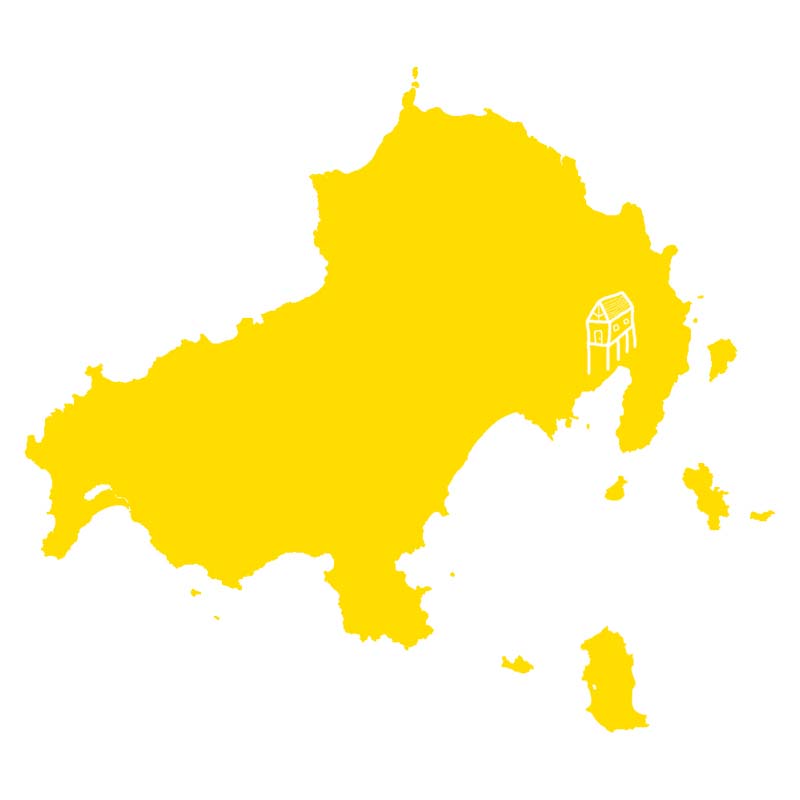

The “fishman hut” in the shade of Athos, aims to support the livelihood of the remaining coastal fishermen of the island, who on a daily basis, face the reality of overfishing, the compe - tition of industrial fishing, but also the definitive halt of fishing activities. The “fishman hut” in the shade of Athos, in the context of fishing tourism, accommodates people who are in love with the sea and the fish - ing lifestyle. The “fishman hut” in the shade of Athos, strives in the terms of minimal housing, to exper iment and redefine the places where we spend our summer days and socialize, it is an open space but at the same time delimited, a place in which cooperative handwork and preparations for fishing expeditions take place. The “fishman hut” in the shade of Athos, invites everyone who wishes to experience the daily life of local fishermen, learn traditional fish - ing craftsmanship, secrets of the sea and taste the collaborative haul of Sporades.
Supervisor: Kotionis Zissis
Reference Number: 906
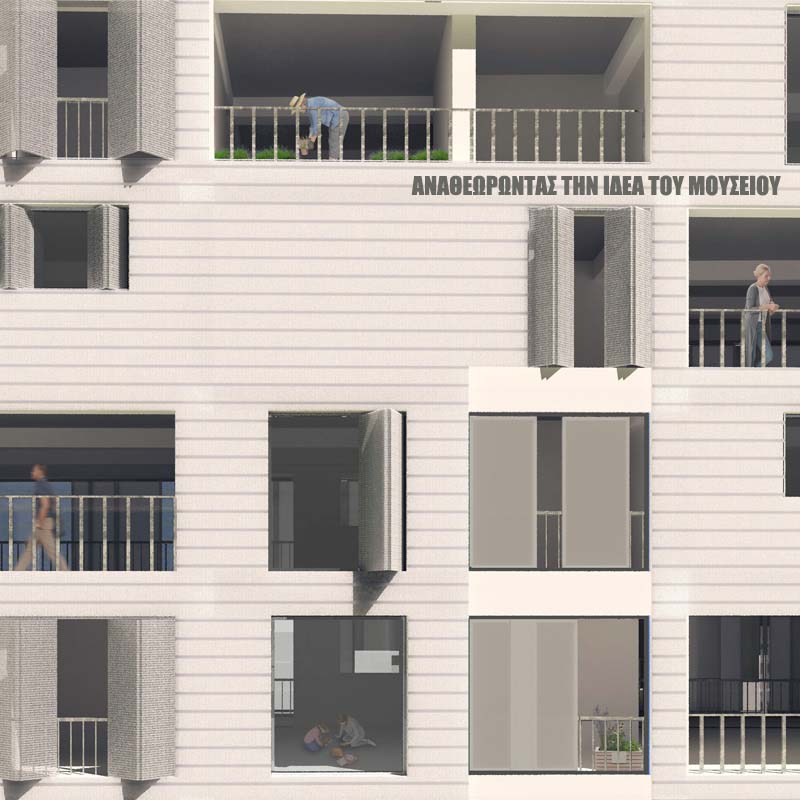

On the occasion of the events that politically transformed Greek society, such as the economic decline, the restriction of freedom - due to covid - and the transformation of the rule of law into a mechanism of bio-political control, we attempt to review some important political ideas for space, time and their relations with a "What if handling the renewal of the building potential of the city of Volos. The dissertation contains the study and design of an apartment building and work spaces, for the residents of the adjacent building blocks that, then, will function as a complete as found museum stock. The study is carried out in the area of Palea in the city of Volos and in the building blocks between Lahana - Mitropolitou Grigoriou and Limnos - Votsi streets. The aim is to upgrade the social life of the inhabitants of the area, with the prospect of strengthening the outdoor space and saving the cultural, ethnographic-folk architecture.
Supervisor: Stylidis Iordanis
Reference Number: 911
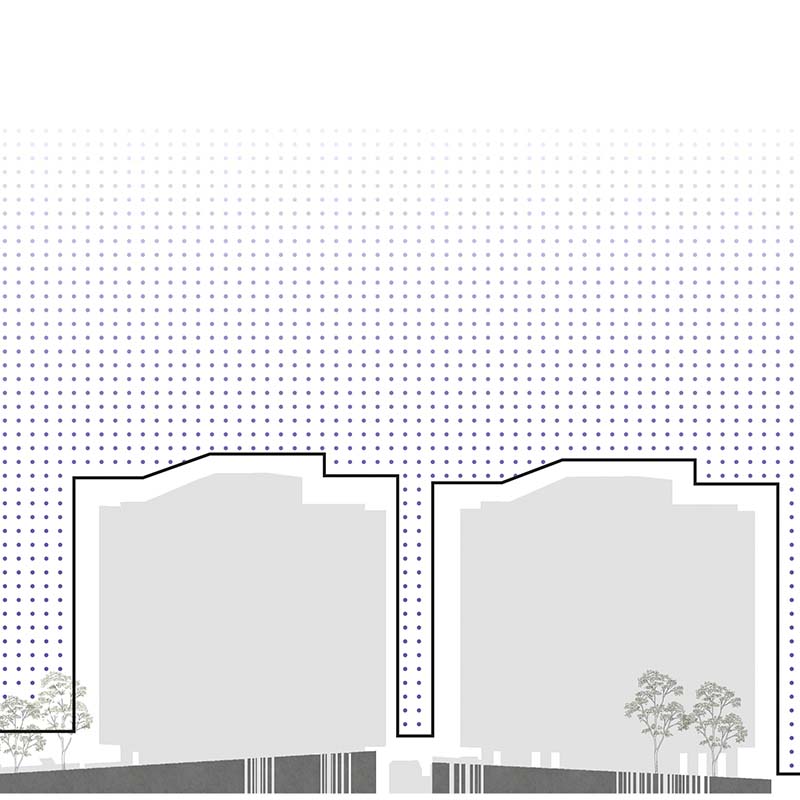

Peristeri is one of the largest and modern municipalities in the city of Athens. It has been proved that exists since antiquity but was more developed after the period of the Asia Minor Catastrophe, when a large number of refugees arrived in place. Gradually the refugees were transferred from more unsettled forms of housing to new apartment buildings designed with the principles of modernism. The refugees’ apartment buildings of Evangelistria were the last to be built in the 1970s. After insufficient development actions, the outdoor area still needs to be re-designed and upgraded, while the apartments are characterized by a lack of outdoor space. The free access of the ground floor to the public makes the entrance to the building more unsafe for the residents. The proposal of the redevelopment includes the design of new routes to connect the complex with the urban fabric in a better way but also between the inner parts of the blocks. The aim is to provide to the residents activities that will encourage the socializing and the exploitation of the area and also to invite visitors to be involved to these new activities produced in the complex. The new facilities are referred to people of all ages trying to create a relationship between the house and the private courtyard which is a basic element of the housing in Greece. The design strategy includes a new square with a public building that connects with the boulevard promoting the urban characteristics of the site and also public facilities for entertainment in the park providing mobility and viability to the everyday life. The new operating conditions in the complex contribute to the redefinition of human relationship and their interaction with the city space.
Supervisor: Mitroulias Giorgos
Reference Number: 895
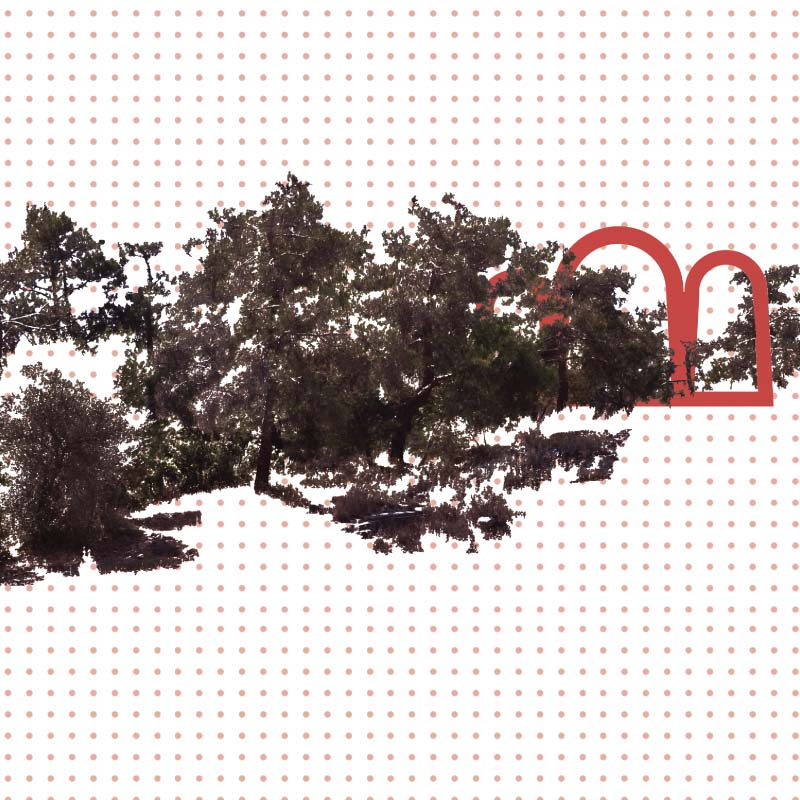

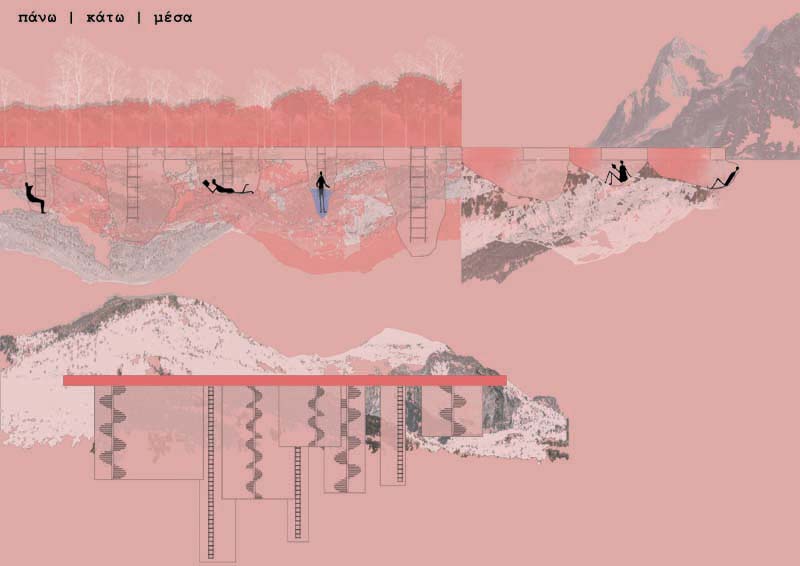

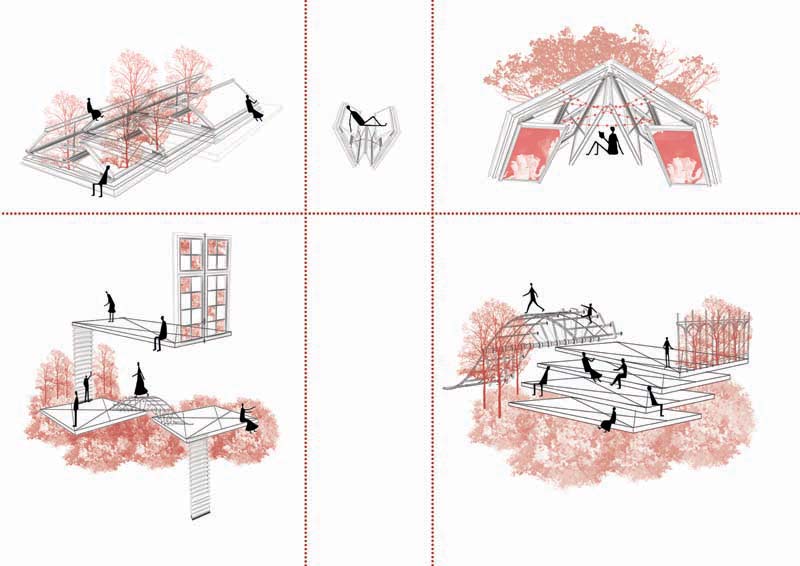

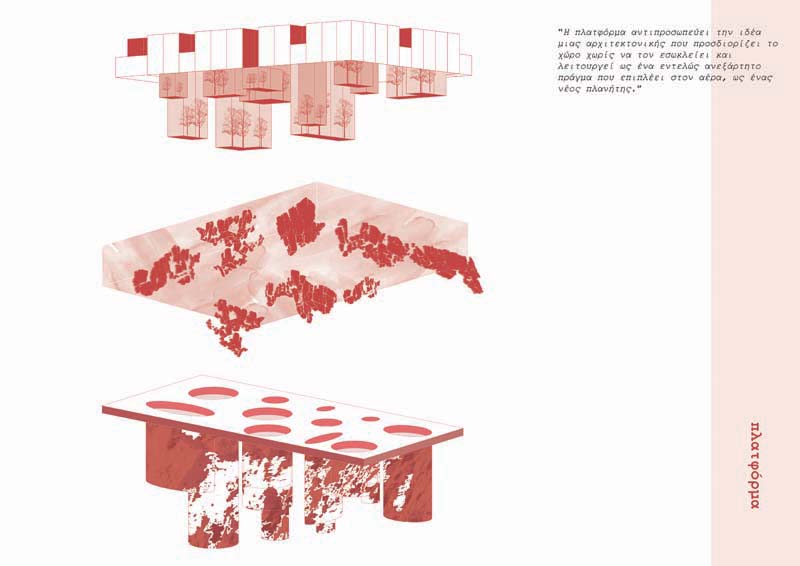

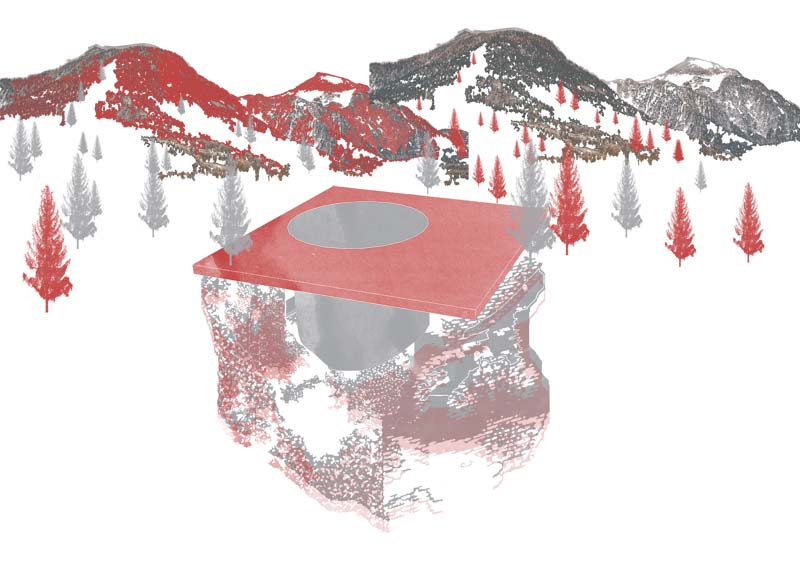

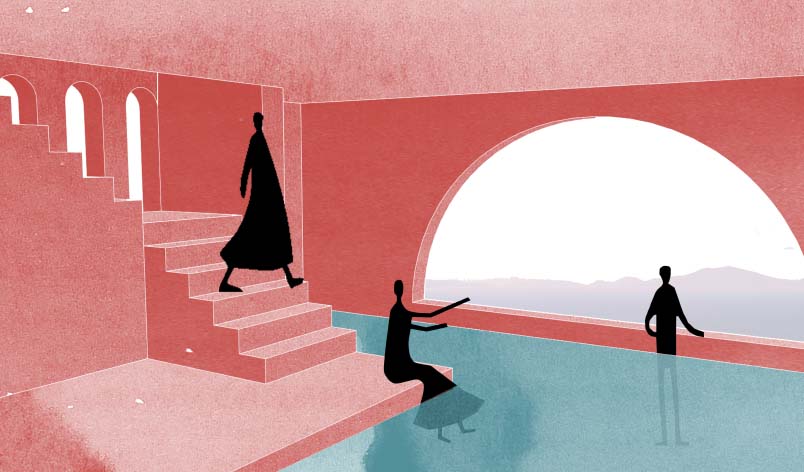

The present dissertation was based on a research approach, which was an inspiration but also a motivefor design, through the direct or indirect correlation of different concepts.
The starting point was the discovery of the Karamanis Sanatorium, as a finding, in Chania, Pelion, during a walk in the area. Its unique location, the natural and territorial landscape that surrounds it, the atmospheres that arise, as well as its structural features were an important focus of interest.
In particular, the large terrace stood out from its construction elements, a large "habitable" platform as a continuation of the ground, with an impressive view of the sea and natural landscape and with a strong social character. The above led to a study of terms, concepts and situations, that included the way in which a platform redefines the way in which land can be habitable.
In order to give a materiality to this study, a practical methodology was carried out through experiments, which then inspired the produced design results,that formed the field of our creation.
In this context, the human presence was incorporated as part of the program of the network of structures, which in addition to the utilitarian and morphological role of the components, provided a freedom in the perception of the spatial content of each structure.
The placement of these structures at points of direct contact and continuation of the ground, made them findings in a walking path of their discovery on the hill of Goritsa. Thus, in the end, certain placement typologies were created, equivalent to the form and the elements of each structure, that correspond to the specific local characteristics.
Supervisor: Gavrilou Evelyn
Reference Number: 885
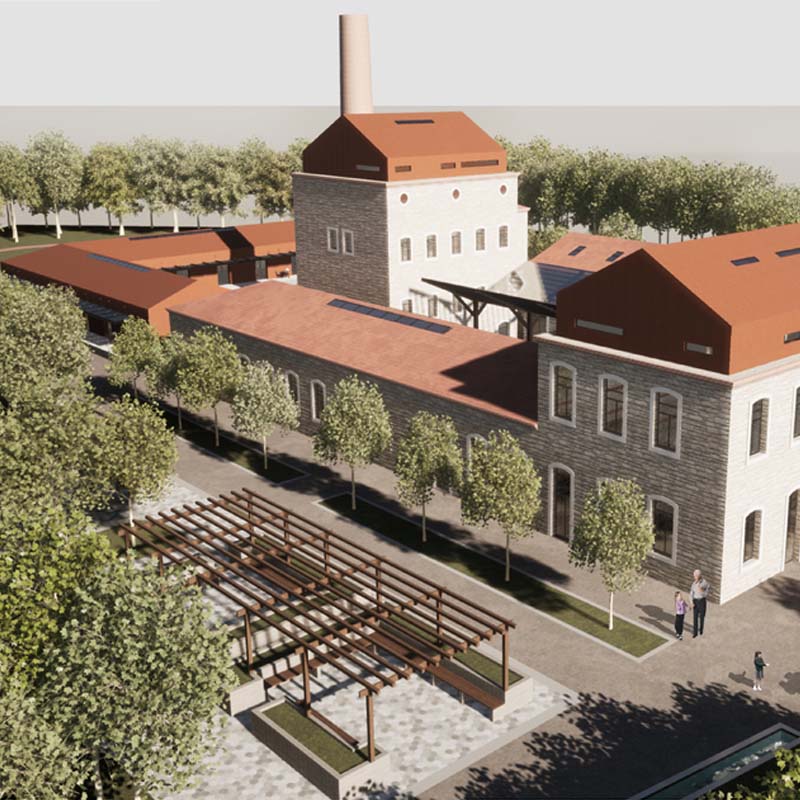

This dissertation deals with the reuse and restoration of the VOTRYS factory in Seplia, Attica. Today, Sepolia is one of the most densely populated areas of Athens, in which a number of industries were built at the beginning of the previous century, as at that time the area was outside the urban fabric. One of them was the VOTRYS winery, which was created in order to absorb and utilize the resulting raisin surplus, as a result of the raisin crisis. It operated uninterruptedly until the mid-1980s, when it closed. Since then, it has been left to the ravages of time, with the consequences of long-term abandonment quite evident.
The new use that we study and propose for the specific industrial complex is the co-housing of a nursing home with an orphanage. The coexistence of these two social structures will be based on the beneficial properties that have been supported from time to time by scientific studies of such an interaction. Although the two social groups seem to be quite conflicting, due to the large age gap that exists between them and the consequently different needs of each, however both children and the elderly are dominated by negative emotions, such as loneliness, abandonment and the lack of family warmth. Thus, they both have a great need to feel the love, affection and feeling that they have enough people to interact with them.
However, due to the different needs of each social group, it was deemed necessary for the two social structures to be fully autonomous, with several outdoor and indoor spaces, in which joint activities will take place. Finally, it should be noted that special emphasis has been given to this work, both in the ways of restoring existing buildings and erecting new additions with respect to the particular architectural features of the factory, and in the effort to integrate in the design of bioclimatic parameters.
Supervisor: Adamakis Kostas
Reference Number: 903
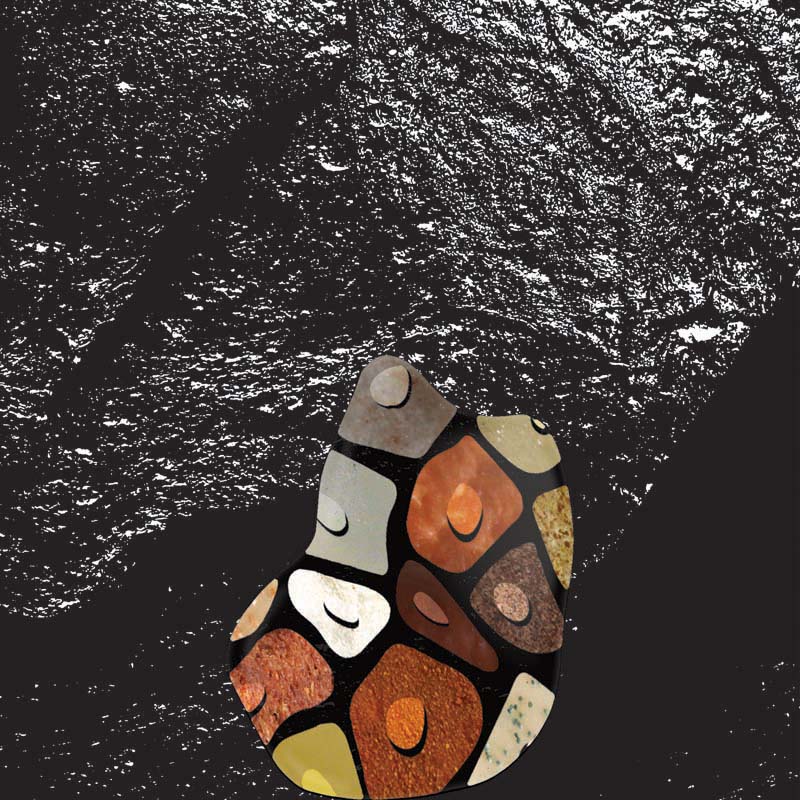

Reflections on the female body led to organized recordings of words, thoughts, images and actions, to a slow and persistent process of assembling and performing.
The addition of material to the body, a condition of transient remodeling.
The material is processed and transformed into a material that will play a leading part in the reality of the final image. So, I am redesigning myself.
In a process of self-knowledge and thought about the female sex, the nature, objects are manufactured as their interpretive projection, like a kind of biography, with the body index of the form, the first mold of all.
The integration of nature as living or as a remnant-trace consisted a synthetic part of the construction methodology. In a quest for personal reconciliation with the decay of the existence, forms were sought and objects were made. Objects on the verge of usability and art, practice and narration.
Supervisor: Psychoulis Alexandros
Reference Number: 901


With occasion the observation of the urban fabric of the city of Katerini, as it has been formed due to its dynamic and unregulated development, the present thesis focuses on all those spaces that look like remnants of the design, and proposes to treat them as opportunities with many design perspectives. Taking into account the existing value of the unused space in the city, the remaining space, alternative types of its utilization were examined and finally designed. Through the search for the identity of the places that were discovered and the charm that the view of the city offers from above, arose the need for the creation of spaces, which would turn the road into an entrance for the ascent to the level of the dreams.
The process of this thesis is organized in three thematic units. In the first part, a theoretical research was carried out in order to identify and understand some of the identities of space. The second part concerns the analysis of the public spaces of Katerini through the point of view of its users. In the third and last part, in order to create densification sites, there were designed spaces that rise above the city, not as competitors of the street life, but as exits that will operate in cooperation with it and which will be able to receive part of the public energy. These spaces were organized in three program types, η Παράσταση (the performance), το Χωράφι (the field) and η Πτήση (the flight), providing different activities and other incentives to their operators. Their design, however, has a common direction, the upwards ascent, the entrance to the fantasy, the contact with the horizon, the creation of coexistence.
Supervisor: Gavrilou Evelyn
Reference Number: 899
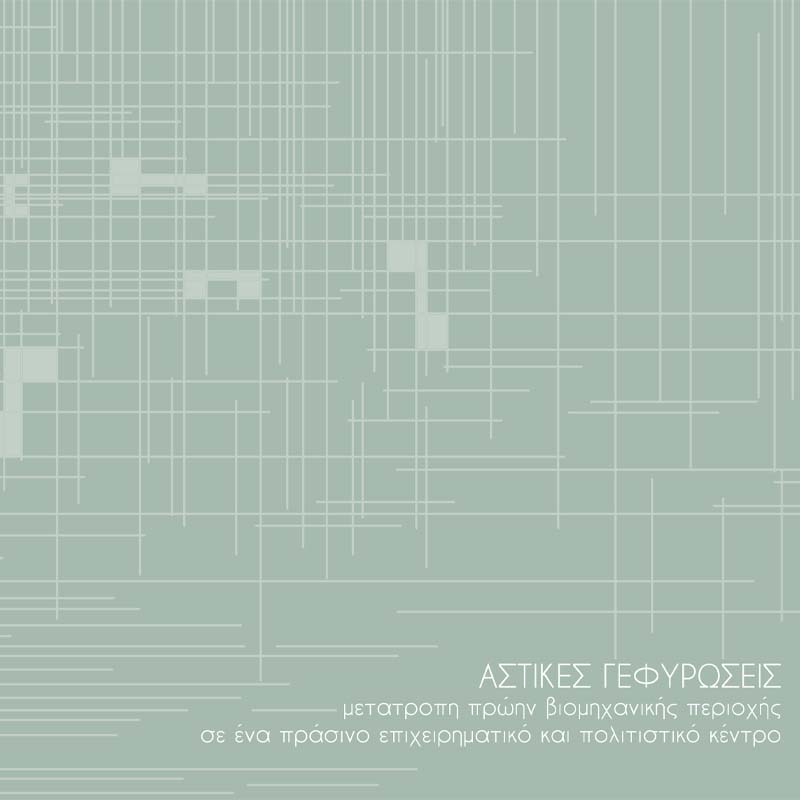

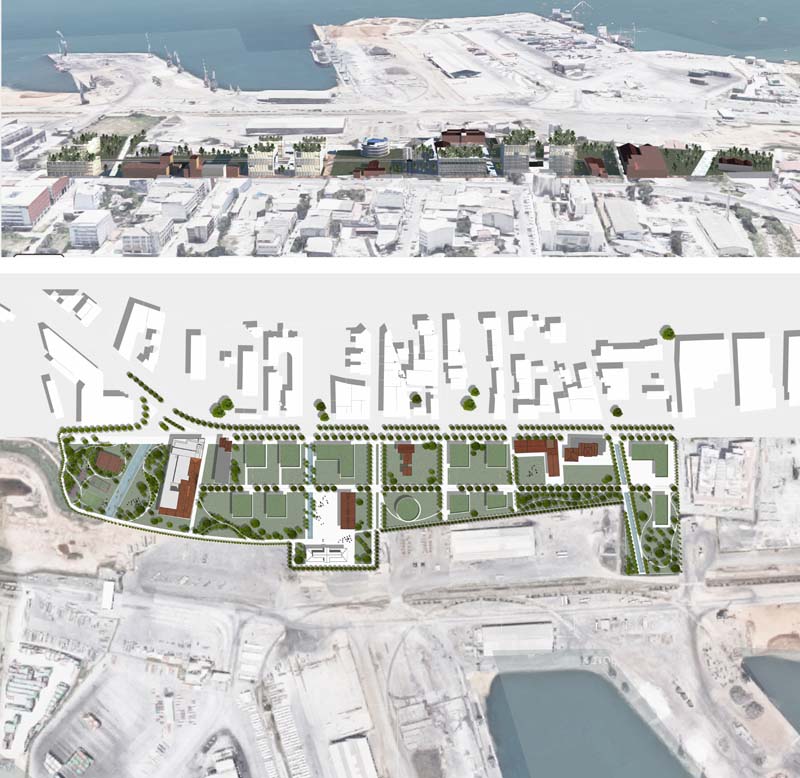

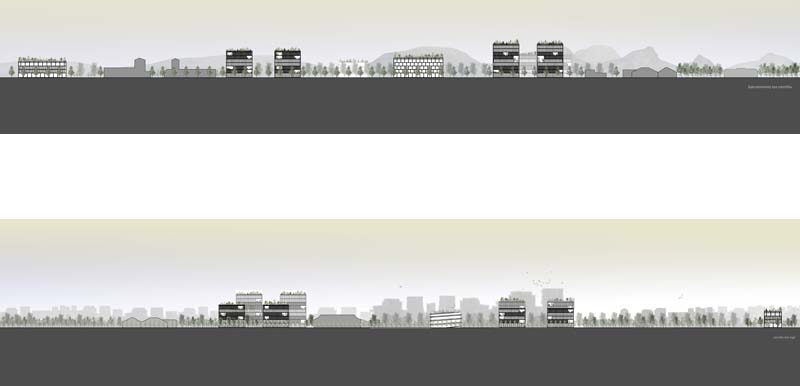

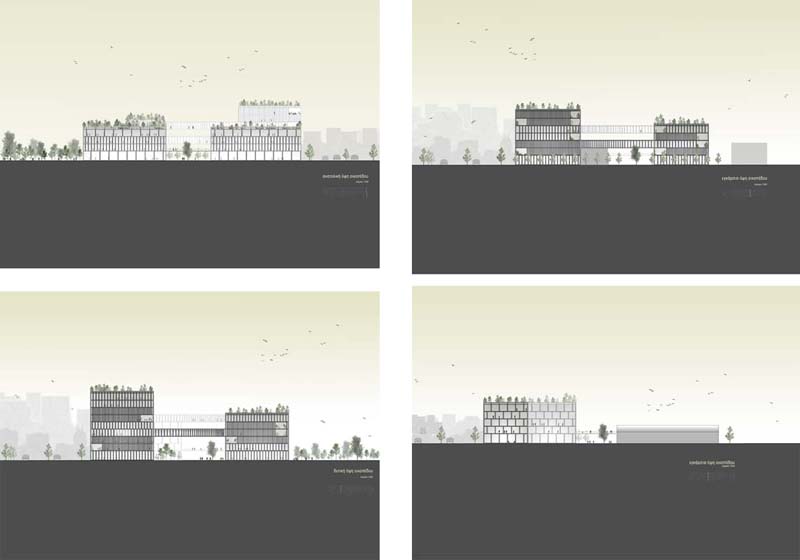

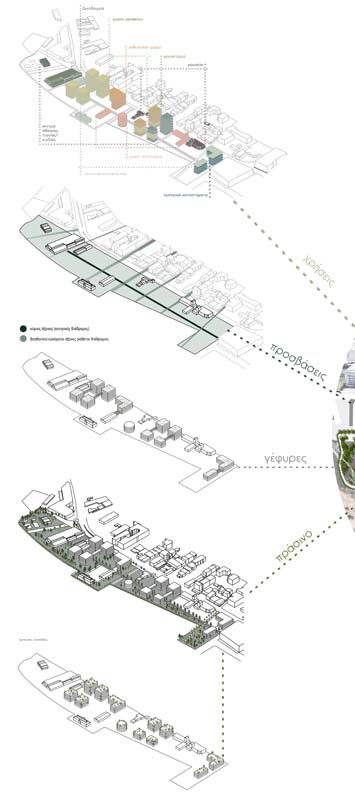

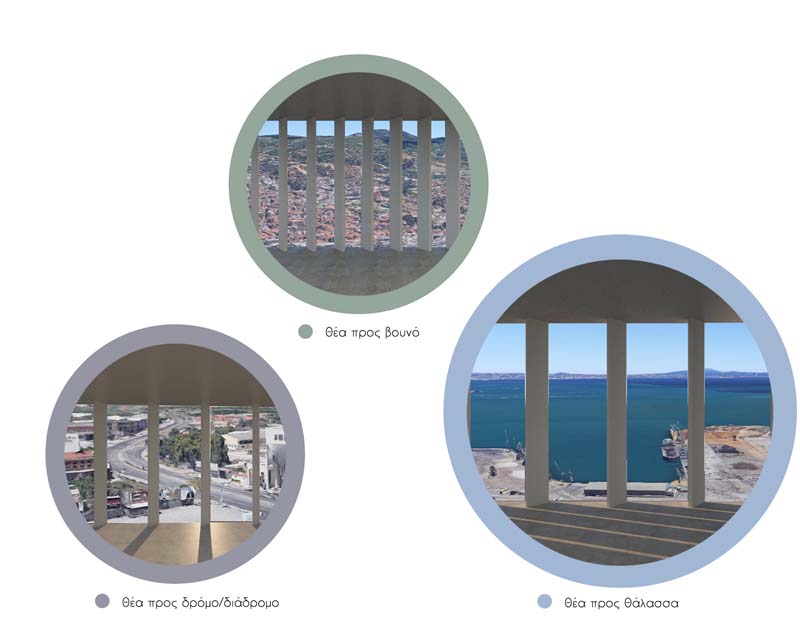

The present thesis examines the creation of a green business cultural center in a former industrial area in Thessaloniki. A wide piece of concrete surface and certain warehouse port facilities separate the area from the sea front.
Prevalent in the area are the clear lines, the sense of abandonment as well as the movement of the professional vessels and other means of transport.
The building program includes office premises, showrooms, laboratories, museums, cultural facilities, sports/health/well-being centers, shops, hotels and restaurants/ cafeterias/ bars. The purpose of the present architectural study is the creation of a business cultural center with green areas, where different infrastructures and facilities will be housed. Such facilities are bridged in order to create a single network aimed at the entire community of the city.
The central idea of the project is the structure of four separate thematic areas along a linear pedestrian path that crosses the entire property. What is chosen is a clear demarcation of areas, of the paths, as well as the buildings with simple outlines and no redundancies. The outdoor, as well as the surrounding area contains green and water surfaces.
Supervisor: Paniyiris Costis
Reference Number: 887

